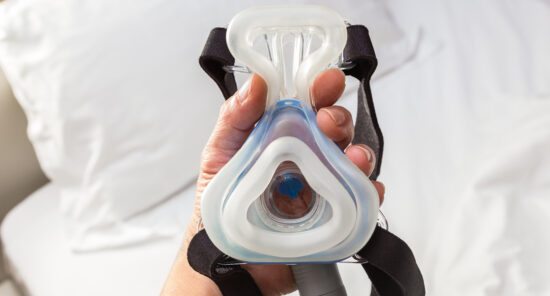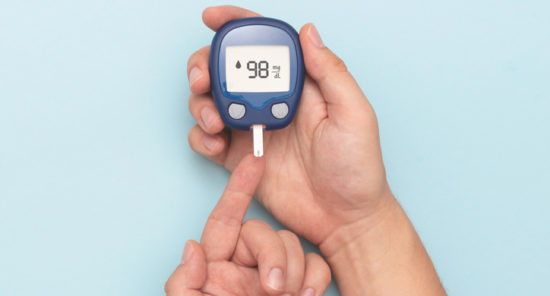Credit: Original article published here.Researchers, led by R. Nisha Aurora, MD, MHS, cited glycemic variability is linked to increased cardiovascular disease risk among patients with type 2 diabetes, regardless of glycosylated hemoglobin (HbA1c) levels. Additionally, studies on positive airway pressure (PAP) therapy for obstructive sleep apnea (OSA) have produced inconsistent findings regarding its effects on HbA1c levels. Dr. Aurora and colleagues sought to determine if PAP therapy improved glycemic variability in patients with moderate-to-severe OSA and type 2 diabetes. Overall, they reported PAP therapy did not appear to improve glycemic control or variability in this patient population. The study was presented in Chest. PAP Therapy Did Not Improve Glycemic Measures The authors’ randomized controlled trial enrolled 184 patients with type 2 diabetes and OSA . Participants were randomized to lifestyle counseling with or without PAP therapy for 3 months. The primary end points were standard deviation of glucose levels, additional continuous glucose monitoring (CGM) values, and self-monitored blood glucose. According to the report, the cohort’s average use of PAP therapy was 5.4 ± 1.6 hours per night. Overall, researchers found no significant differences between the 2 groups for any primary or secondary CGM end points; however, exploratory analyses found some
Credit: Original article published here.There is an association between type 2 diabetes and a higher risk of developing kidney failure. Helena Bleken Østergaard, MD, and colleagues conducted a study designed to develop and validate a decision support tool to aid in estimating the 10-year and lifetime risks among individuals with type 2 diabetes of developing kidney failure. The researchers also sought to examine individual treatment effects of preventive medication in that patient population. Results were reported in the Clinical Journal of the American Society of Nephrology [2022;17(12):1783-1791]. The researchers utilized data from the Swedish National Diabetes Register for 2002-2019 on 707,077 individuals with prevalent and incident type 2 diabetes to develop the prediction algorithm. Kidney failure was defined as the first occurrence of kidney transplantation, long-term dialysis, or persistent estimated glomerular filtration rate <15 mL/min/1.73 m2. Using routinely available predictors, two Cox proportional regression functions for kidney failure and all-cause mortality as respective end points were developed. The functions were combined into life tables to calculate the predicted survival without kidney failure while using all-cause mortality as the competing outcome. A cohort of 256,265 individuals with incident type 2 diabetes from the Scottish Care Information Database between 2004 and 2019



